People often ask our Special Collections Research & Support team about family history research.
In the first of two blogs answering our most commonly asked family history questions, learn about birth certificates, First Nations family history, electoral rolls, and cemetery records from Leisa, Andrew, and Bing.
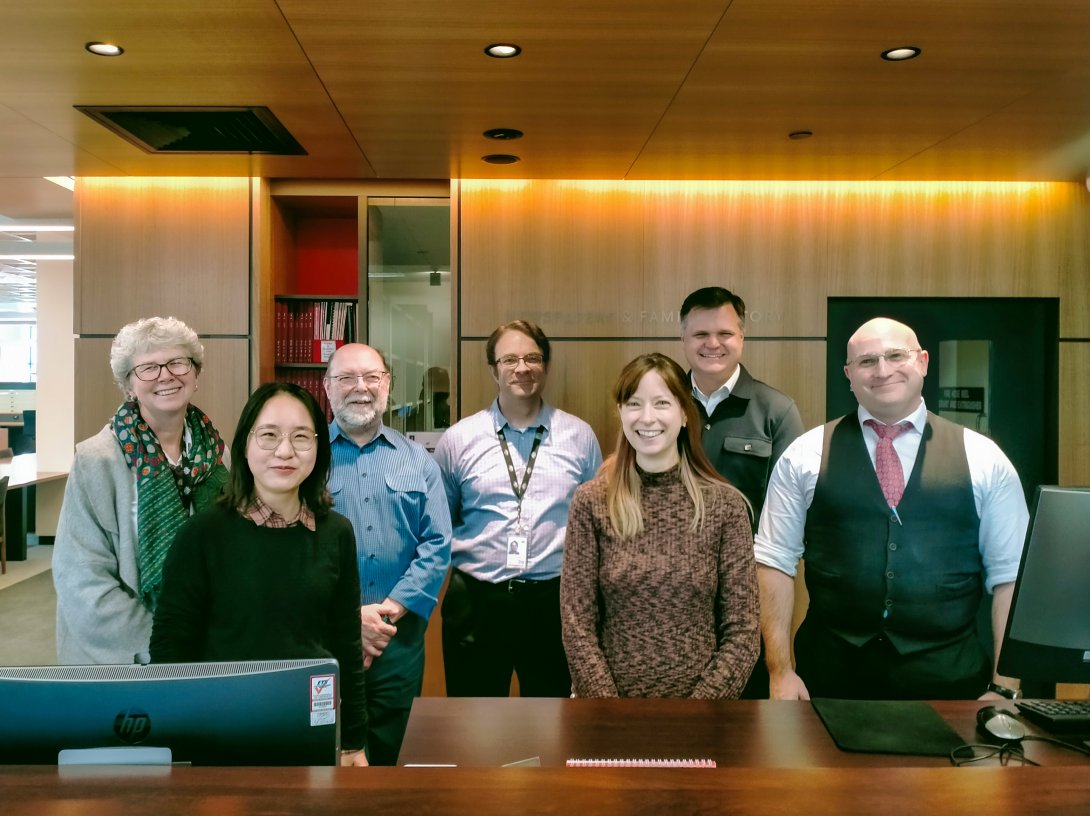
How can I access my birth certificate?
Australian birth records are arranged by the state or territory the birth was registered in.
Leisa advises 'you can purchase birth certificates through the relevant Birth, Death, and Marriage Registry Office'.
Birth records within 100 years are restricted because of personal information contained in a certificate. Registrar offices have a policy on who can access such records to ensure any sensitive material is protected.
To order a copy of your certificate contact the appropriate office for further details:
ACT Government – Access Canberra
New South Wales Registry of Births, Deaths and Marriages
Northern Territory Births, Deaths and Marriages
Queensland Births, Deaths and Marriage and Divorces
South Australia Birth, Deaths and Marriages
Tasmanian Birth, Deaths and Marriages
Victoria Births, Deaths and Marriages
Western Australian Registry of Births, Deaths and Marriages
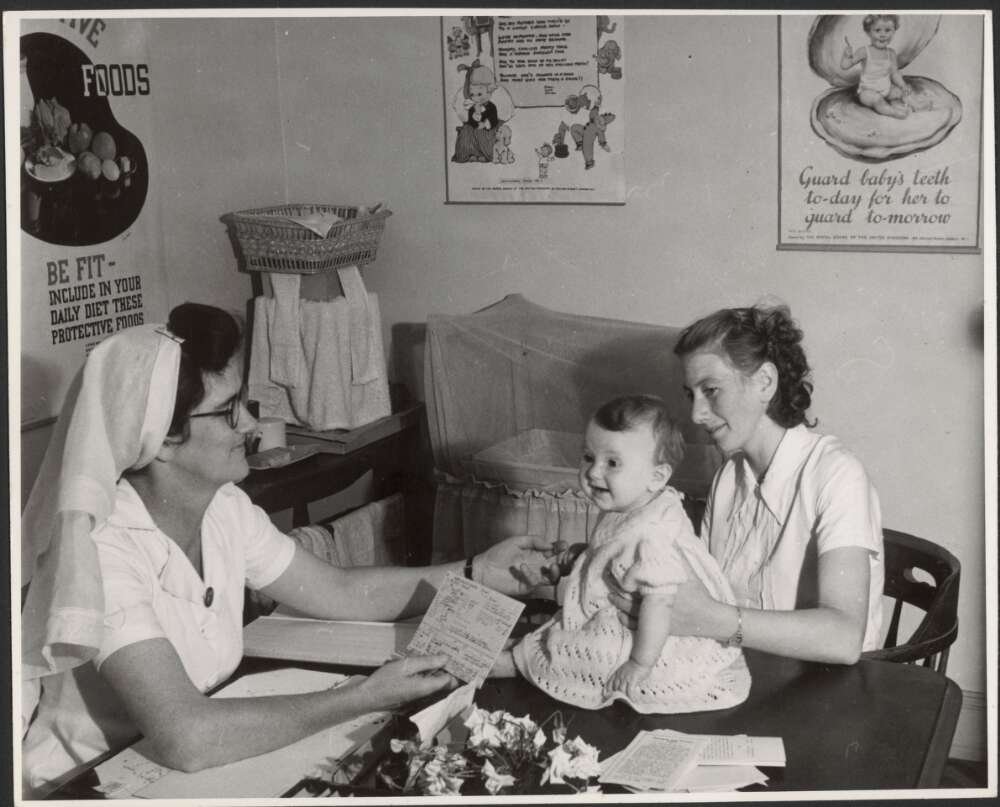
How do I start my First Nations family history?
First Nations family history research can involve searching across multiple institutions and organisations and can take a lot of time. Discovering family history is often exciting, but sometimes you may find records or information (true or not) that may be offensive or cause distress. You may like to think about sharing this journey with family or friends.
A useful place to start your research is our Australian Indigenous family history research guide and our Family History Research guide's info on Getting Started.
The Trove website is free, and includes digitised newspapers, pictures, manuscripts, oral histories, maps, books and archived websites from many Australian libraries, institutions and organisations.
You could start by searching Trove for the name of a person or family, or you might want to broaden your search to a language group, mission, reserve or pastoral station. For more information visit the Trove First Australians page and the Trove Help page.
Leisa also speaks of the many organisations outside of the Library' that have unique resources to support your family history journey'.
Family tracing, reunion and support services are available to members of the Stolen Generations throughout Australia via the national Link-Up program. Link-Up gives priority to first generation members of the Stolen Generations who have directly experienced removal or separation from family and community, especially those who are elderly or have urgent health concerns. Link-Up also provides services to subsequent generations of family members who have been affected by intergenerational trauma related to removal, and to members of families and communities from whom children were removed.
The Australian Institute of Aboriginal Torres Strait Islander Studies (AIATSIS) is focused exclusively on the diverse history, culture and heritage of Aboriginal and Torres Strait Islander Australia. AIATSIS' Family History Unit helps people research their family history, and their Family History Kit provides a list of resources available across Australia.
You can search the AIATSIS collections online using the Mura Catalogue. AIATSIS also have the Aboriginal and Torres Strait Islander Biographical Index (ABI), which is an index of names of Aboriginal and Torres Strait Islander people found within a selection of generally available publications created by, with, or about Aboriginal and Torres Strait Islander peoples. There are more than 45,000 individual names and more than 75,000 records in the ABI.
Australian birth, death and marriage certificates may contain information that can assist with your First Nations family history research. You can search these databases online, which will give you limited information – you will likely need to purchase certificates to view the entire record.
The National Archives of Australia holds war service records and other government records relating to First Nations people including the ‘Bringing Them Home Name Index’.
The Australian War Memorial website provides a list of known Indigenous Service personnel.
State and territory libraries and archives hold unique First Nations collections relevant to their region. These institutions have online First Nations family history and collection guides and specialised staff who can assist you with your family history research. Further state and territory resources can be found on our Other Guides page located on the Australian Indigenous family history research guide.

How do I use electoral rolls?
Electoral rolls list people who are eligible and registered to vote in federal, state/territory and local government elections and referenda. Before Federation, each colony maintained its own roll, with differing rules around eligibility to vote. The first Commonwealth electoral roll dates from 1903 but the state rolls continued in parallel for some years afterwards. Western Australia is now the only state still to produce a separate roll. The Australian Electoral Commission (AEC) now produces electoral rolls for each state and territory.
Australian family historians and other researchers know the value of electoral rolls, as they can locate the residential address of a known person and any adult family in a particular year or over a period of years, and allow you to track their changes of address over time. Andrew says ‘if you’re prepared to do a bit of scrolling through the pages, they can even show who else apart from family was living at the same address’. The rolls can act as a partial substitute for historical census records, which were generally not retained by governments in Australia after the statistical data was extracted.
A typical electoral roll entry shows name, address and, before 1984, gender and occupation. It does not show other vital data such as age, marital status, religion, place of origin, which might be found in other records. Colonial era rolls will often indicate the eligibility of the person, for example through ownership or lease of land of a minimum value, age or other criteria (and remember that women were not eligible to vote uniformly across all of Australia until 1902!).
Rolls produced up to 1988 list the voters in alphabetical order by surname and first names within each sub-division of an electorate of each state/territory. If you don’t know the name of the electorate or sub-division but do know the city, town or locality where your person lived, you can check either the atlas of Commonwealth electoral maps showing boundaries and redistributions from 1901 to 1988, or the state by state alphabetical lists of polling places (on microfiche) – both are available on open access in the Newspapers and Family History zone on the ground floor of the Library.
From 1990 onwards, the rolls have been produced in single alphabetical lists arranged by surname and first names for each state/territory. This makes it much easier to find names.
Andrew said that one of the most frequently asked questions is about accessing current electoral roll, ‘usually from people looking for missing family members or friends’. Libraries don’t hold electoral rolls later than 2008, you can view current electoral rolls in any AEC office in person.
Our Newspapers and Family History zone holds comprehensive runs of colonial, state/territory and Commonwealth electoral rolls on microfiche and microfilm that are freely accessible without needing to place requests through the catalogue (but note that there are gaps for some colonies/states). The earliest rolls date to 1842, from NSW.
You can also access historical electoral rolls online in the Library via subscription databases Ancestry Library Edition (up to 1980 only) and Find My Past (latest is 1959). The years available vary from state to state. You can, of course, access the rolls online outside the Library via a personal subscription to either service.
Our Research Guide on Australian Electoral Rolls will give you more details on what is available in the Library online and in microform for each state and territory.
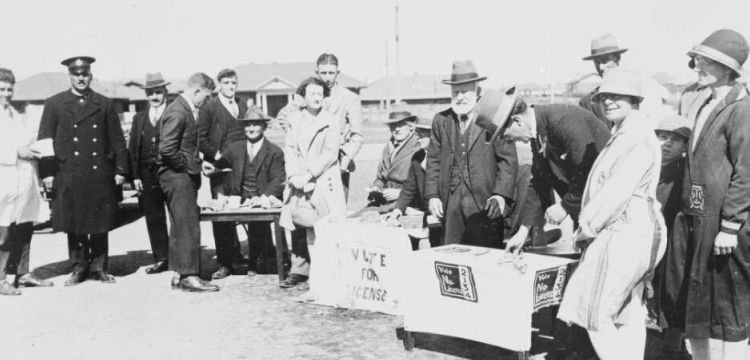

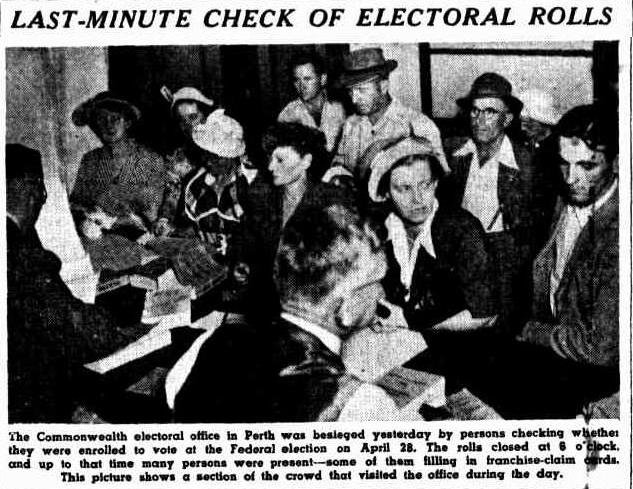
How can I find out where my ancestors are buried?
Cemetery records can be a useful way to uncover more about your ancestor. Finding your ancestors’ grave can provide invaluable genealogical details such as their birth and death dates, spouse, children names and possibly religious, military or social affiliations. Information found on your ancestor’s headstone and surrounding graves can help to identify or make connections to other family members on your tree.
If the final resting place for your ancestor is unknown, Bing recommends searching the list of free to access Australia-wide websites listed on our Australian Cemeteries research guide that contain burial and cemetery information. Another research option is to order a copy of your ancestor’s death certificate to identify where the death was registered. Once you find the area your ancestor died then you can search for the corresponding cemetery.
Death records are arranged by the state or territory the death was registered in and certificates and selected indexes are available from the relevant state or territory Birth, Death and Marriage Registry Office websites found on our Australian birth, death and marriage records research guide. Alternatively, you can contact your closest state or territory library for further assistance.
Church parish records can provide a rich source of information for family historians. Historical burial records can contain details such as the name of the deceased, death date, burial date, age at the time of death, occupation, place of residence, country of birth and occupation. Many original parish records have remained locally in the town the records were created, but some records have been given to state or territory libraries. To find records relating to a specific church parish search Trove for the name of parish you are after and limit your search results to ‘Books & Libraries’ or ‘Diaries, Letters & Archives’. Additionally, you may come across digitised parish registers such as Sydney, Australia. Anglican Parish registers, 1814-2011 via the Ancestry online database or the Anglican Diocese of Newcastle Archives freely available from the University of Newcastle Library website.
Newspaper or online death or funeral notices are another great resource to explore. For deaths prior to 1955, we recommend you begin by entering a name into Trove. Check out the Trove Help page for tips on how to search newspaper articles. For newspapers after 1955, search the Ryerson Index of death notices, obituaries and probate notices or if South Australian then the Gerald A. Savill Index of The Advertiser Funeral Notices (1971-current) via the State Library of South Australia could be helpful. For more information, check out our Australian newspaper research guide.
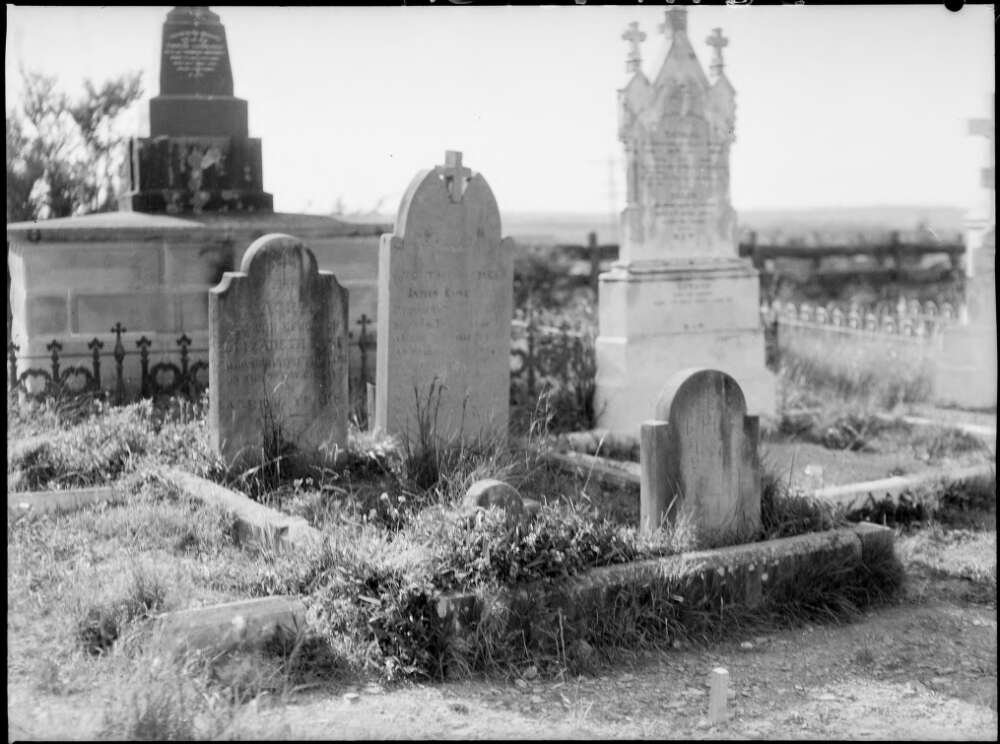
If you're keen to see more answers to our most commonly asked family history questions, check out part two of this blog series and learn about births, deaths, addresses and land ownership.
For a list of family history resources held at the Library check out our Family History guide.